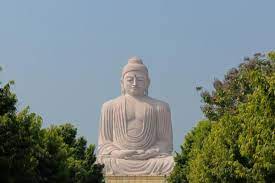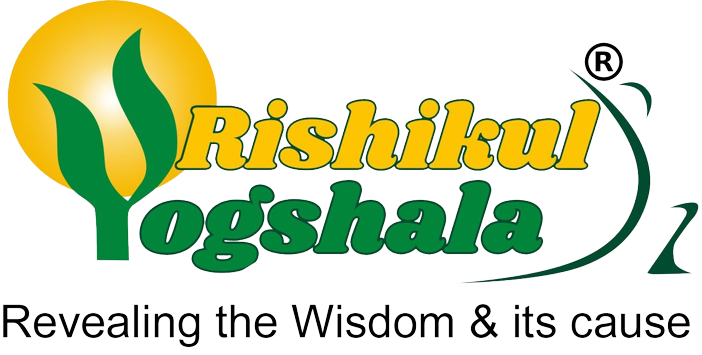“No one saves us but ourselves. No one can and no one may. We ourselves must walk the path.” :
– Lord Buddha
Buddha Jayanti or Buddha Purnima or Vesak is observed worldwide as a sacred festival of all the Buddhists to pay homage to Lord Buddha, the founder of Buddhism. The full moon of the fourth lunar month (month of Vaisakh) i.e. April or May signifies the three special events in the life of Lord Buddha that includes – the period he was born in 623 BC. – the period when he attained enlightenment or wisdom in 588 BC. and the period when he attained Nirvana which entailed the complete extinction of his self when he was 80 years old. So this day covers three meaningful events in the life of Lord Buddha.
The word Buddha means “enlightened one”. A person is said to have achieved enlightenment once he gets completely rid of all defects and mental hindrances. According to the concept of Buddhism, we harness all the evil and suffering of this world through sorrow and desire. Lord Buddha also talked about and recommended the Eight fold Path which taught the principles of right conduct, right motive, right speech, right effort, right resolve, right livelihood, right attention and right meditation to overcome suffering. He believed that –“It is only after following this path one can reach the ultimate aim of Nirvana. Nirvana is the transcendental state of complete liberation.’’

Yoga and Buddhism are considered to be sister traditions of the Indian culture. They use similar terms and follow similar practices and principles. Once you get to explore more on these two subjects, you will surprisingly find a deep connection between the two.
Swami Vivekananda , the pioneer figure to introduce yoga to the western world, studied about Buddhist Mahayana scriptures or sutras and discovered the link between the two teachings of Buddhism and Vedanta. The entry of Tibetan refugees in India has brought added link between the two traditions making them a much sought after topic for researchers and yoga enthusiasts.
A common sight of the Dharmachakra or Dharma wheel as an important symbol also spells out the significance of this festival. It consists of a wooden wheel with eight spokes. This wheel denotes the teachings of Buddha to attain enlightenment, while the eight spokes represents the noble eight fold path of Buddhism.
On this auspicious day, the Buddhist communities in various parts of the world get together to celebrate and rejoice in love, peace and harmony. They also visit temples where monks are seen delivering speeches and chanting the ancient verses. Some like to spend an entire day in the temples. The statue of Buddha as a baby is displayed and surrounded by a water filled basin while flowers adorn it. Visitors can be seen pouring water over the statue symbolizing a new start. The teachings of Buddha occupy an important part of the celebrations and are listened to with much attention. The philosophy of Karma is well implemented on this day as we see the kind ones donating in the form of cash,food, clothes etc to the poor, elderly and the sick. Animals are also seeing being treated with kindness and compassion on this day. Thus we can actually see and experience the teachings of Lord Buddha and yoga philosophy being applied in practice on this particular day.
To know more about Buddha Purnima in further detail, explore our Yoga Teacher Training In India.




